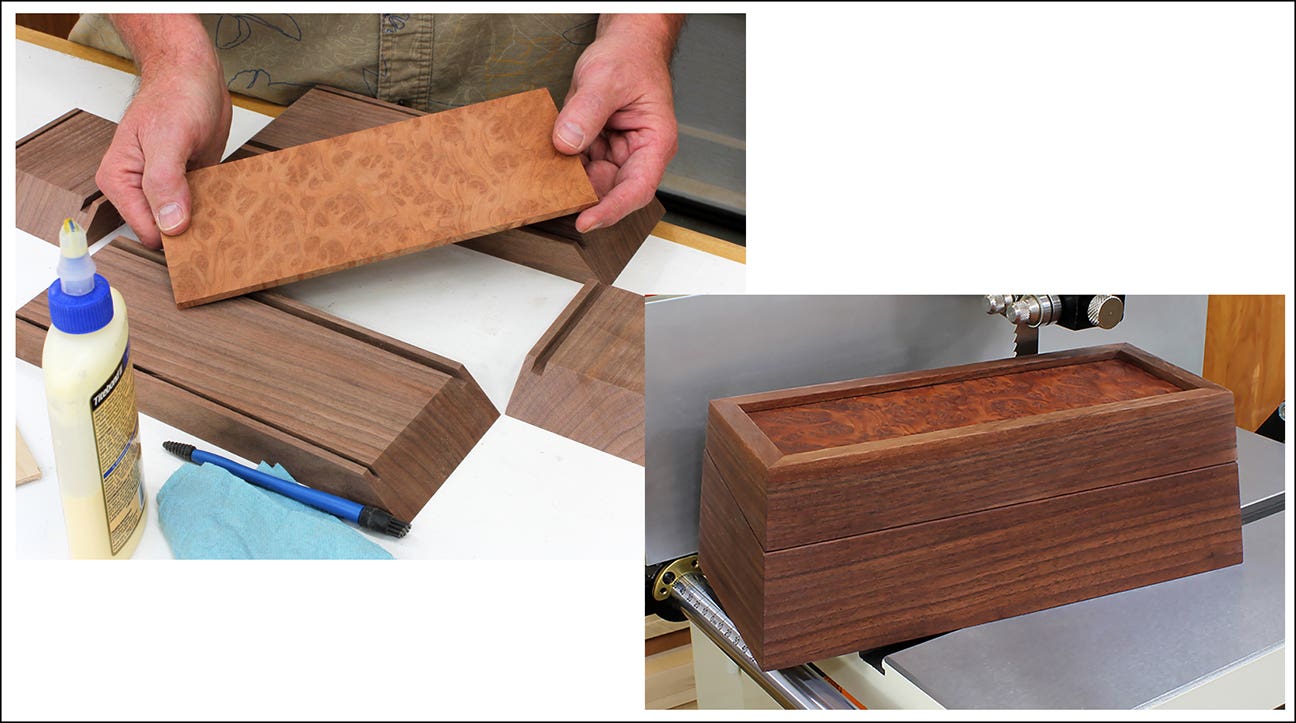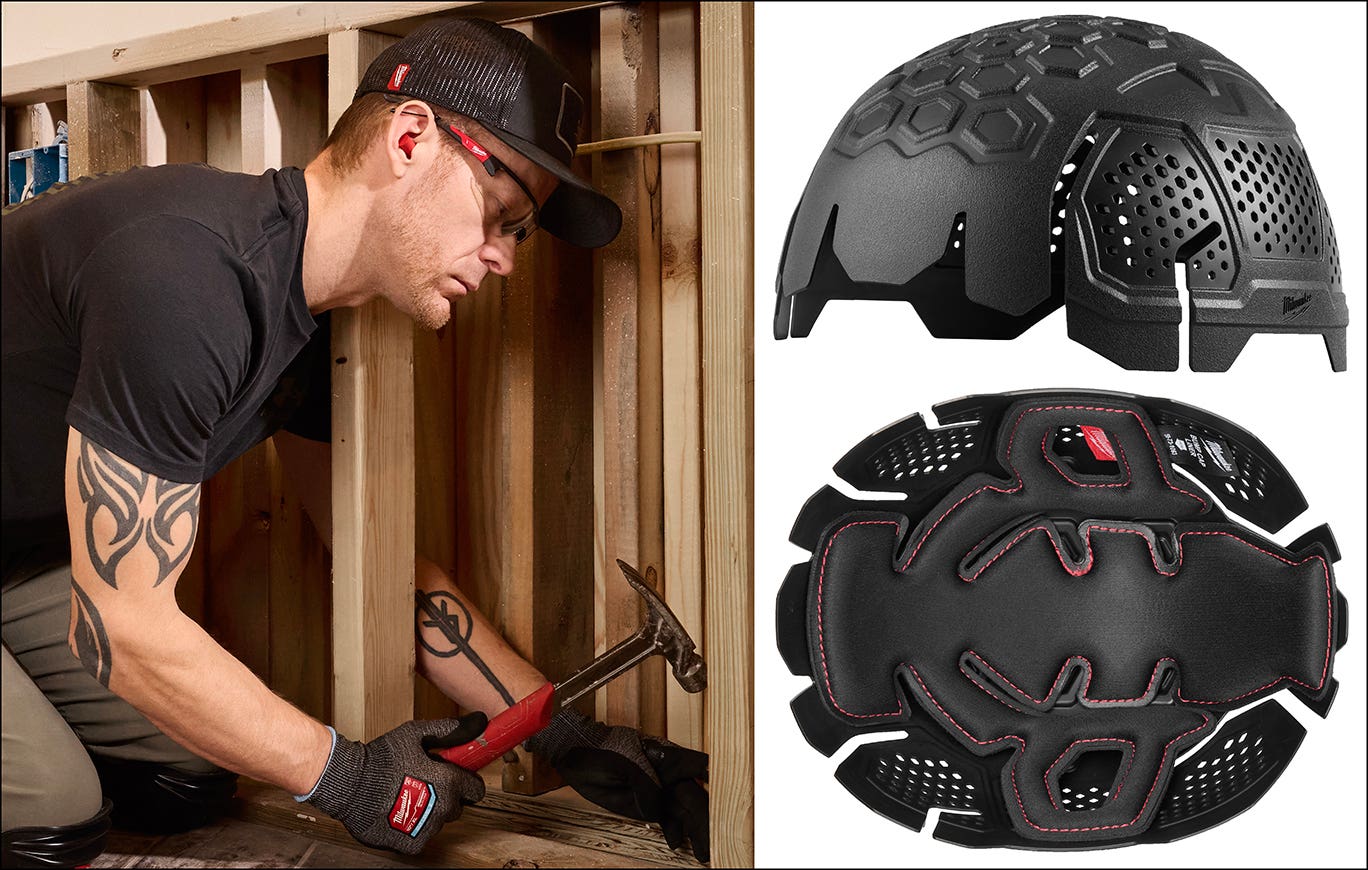Weighing the costs of CNC raises important questions
Does every shop need digital fabrication capabilities? While I can make the argument that it will eventually improve anyone’s bottom line, there are exceptions. For example, there are many one-…
Does every shop need digital fabrication capabilities? While I can make the argument that it will eventually improve anyone’s bottom line, there are exceptions.
For example, there are many one- and two-man shops across the country that make excellent cabinets for homes and businesses with just table saws, shapers, jointers, planers and wide-belt sanders. They enjoy a low overhead and have developed efficient techniques through decades of practice.
Adding a piece of CNC equipment and the requisite software demands a significant investment and, on top of that, is the time to learn a large amount of new skills like the nuances of running a completely digitally operated machine as well as computer-aided design (CAD) program.
The shops I’m describing are no more than 2,000 sq. ft., which are already filled with machines, benches, material storage and finishing equipment. Adding a CNC machine, at the minimum, would require 300 to 400 sq. ft. of working space. The transition would certainly cause a short-term halt to production or force a time-consuming move to a larger facility.
A startup shop is another unlikely candidate. Unless it is very well-funded, the financial strain of a new CNC machine is too much of a burden for the first-time shop owner, in my experience.
At the other end of the spectrum from a startup is the cabinet shop that is winding down as the owner approaches retirement. If the owner’s plan is to close the shop completely in the next five years, eventually selling its equipment and remaining materials, it is not a reasonable business decision to make a huge capital buy. You’ll never recoup your investment.
However, if the plan is to sell the shop as-is when it’s time to retire, here are some things to think about: while the addition of a CNC machine will undoubtedly increase your gross sales and net operating income, thus making the business more attractive to buyers, it’s important to consider the prospects of your primary market in five to 10 years or whenever you decide to retire. If it won’t continue to support the investment, buyers will run the other way. And finding a buyer with deep pockets is always a challenge.
Now we come to final group that makes CNC a bad fit: shop owners or shops with older employees who have a clear disdain for new technologies. They’re happy with a landline and fax machine and probably have a blinking clock on their VCR. While it’s true that you can teach an old dog a new trick, it is seldom worth the effort required.
For the last two years, I’ve been promoting digital fabrication as a powerful tool to the woodworking industry. But sometimes you have to look at the flip side when it just doesn’t seem to make good business sense.
This article originally appeared in the March 2016 issue.







